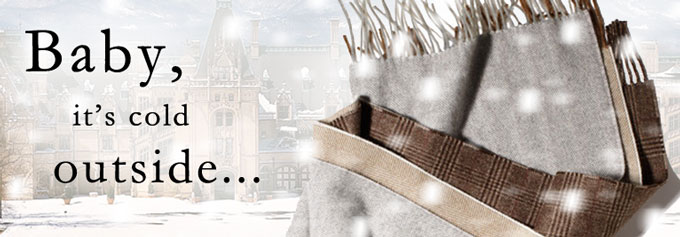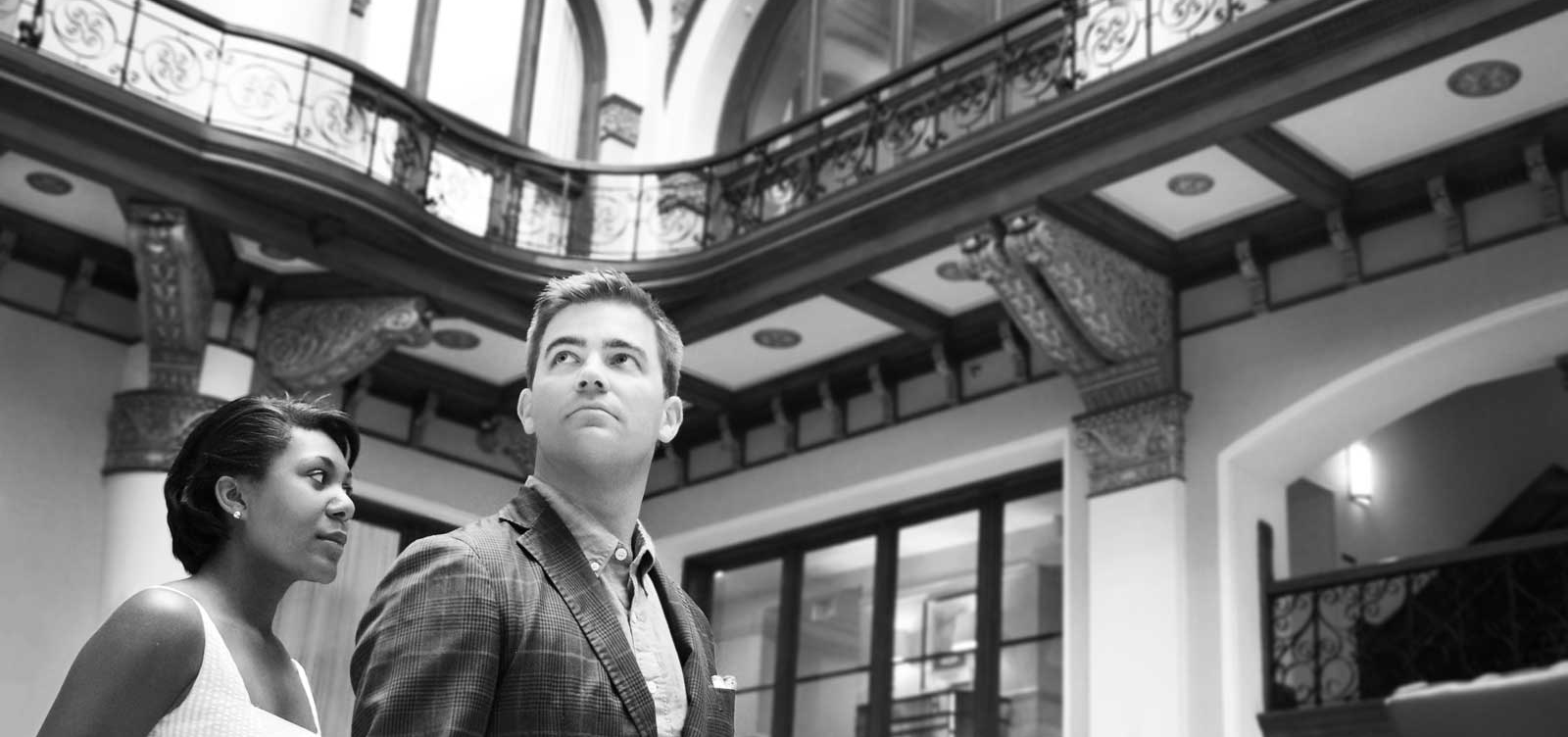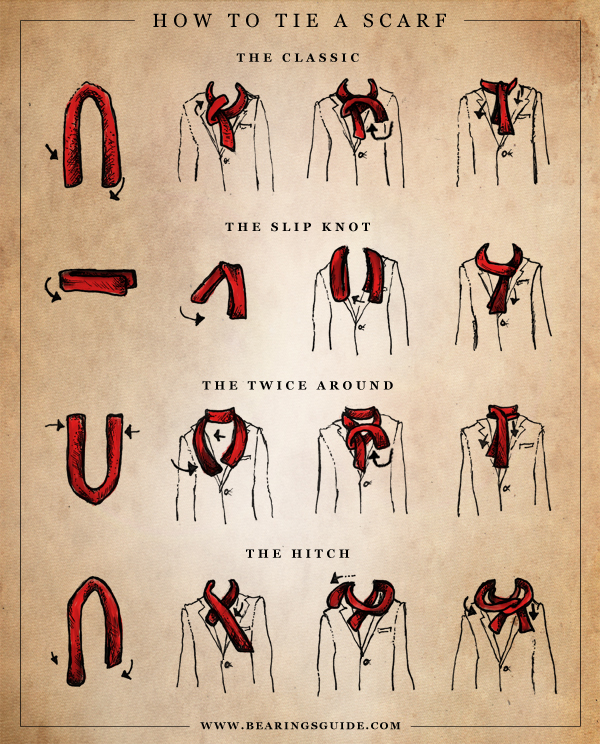
With temperatures way below the cozy 50, it can be indicated for the gentleman to equip himself with a scarf to keep warm. Scarves are great accessories to a gentleman’s wardrobe, but – as with so many things – a few reminders or clarifications seem to be in order.
Materials:
Although there is an abundance of scarf materials out there, a gentleman chooses his options from any kind of wool. If it is too warm for a wool scarf, then it is simply too warm to wear a scarf in the first place.
Wool can come in a variety of different fabrics. Australia’s merino sheep provide one of the softest wool fabrics that can easily compete with its famous cousin, cashmere wool. Cashmere goats produce two layers of fleece, with a thicker outer layer and a fine-haired underdown (fur beneath the outer, more scrubby layer), which can be processed to cashmere wool.
Besides goats and sheep, there are other animals suitable for wool production like the Angora rabbits or Alpacas, which both provide premium fabrics for scarves.
Color:
A scarf can basically have any color, or color combination. Just as with ties, however, you might want to limit the numbers of colors on a scarf and use darker color tones. After all, we only wear scarf in fall and winter, so pastel colors are a little out of place. However, there are wonderful tartan motives out there that are easily combined with almost any attire a gentleman may wear. And with the right overcoat, a scarf can be the perfect accessory.
Shape:
Scarves come in a variety of shapes. For gentlemen, a scarf should be relatively narrow. Unfortunately, recent trends show people wearing scarves that would have only passed as picnic blankets in earlier days and the bulky puffs around some necks should be considered a fashion sin. Gentlemen wear their scarves in simple fashions, and with the right material, it becomes entirely unnecessary to wrap your neck five times in order to keep it warm.
If your scarf is too big, it’s distracting and dominating. And unless you are about to conduct the Vienna Symphony Orchestra on their next new year’s concert, you are not allowed to drape your neck in your white (or “champagne”. Or burgundy. Or whatever color!) bed sheet.
With those basics in mind, we can think about how to wear your scarf. First of all, a scarf can be both tucked in into your overcoat or suit jacket, or it can be worn on top of all other layers. Some knots are more suitable for tucking in, while others are more fashionable when worn on the outside.
Ways to tie a scarf:
1. Especially when worn under a winter coat, the ascot knot offers great protection from the cold, making the scarf the perfect complement to your coat. With this particular knot, the scarf can, by all means, have a very different color than your coat. A green or a burgundy scarf are great contrasts to a brown coat – in fact, they are the better choices than brown scarves in this case.
2. While the ascot knot fits neatly under your coat, the European slit, or Parisian knot, is a great knot for scarves worn above your jacket or sport coat. Asymmetry is key for this knot and if your scarf is too long, it is probably not a good idea. With the Parisian knot, your scarf should be out of your way and not be hanging loosely around.
Back to Style


